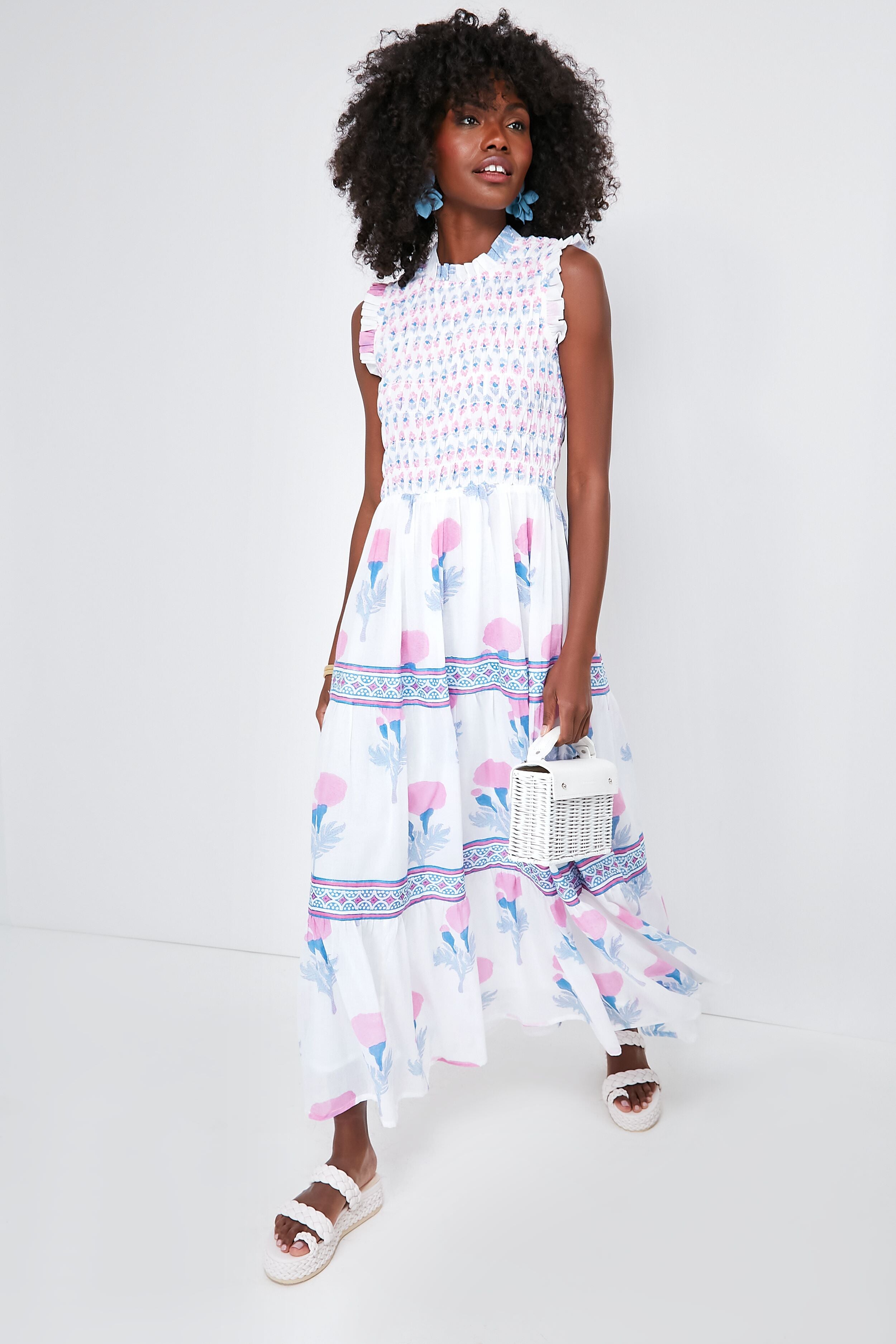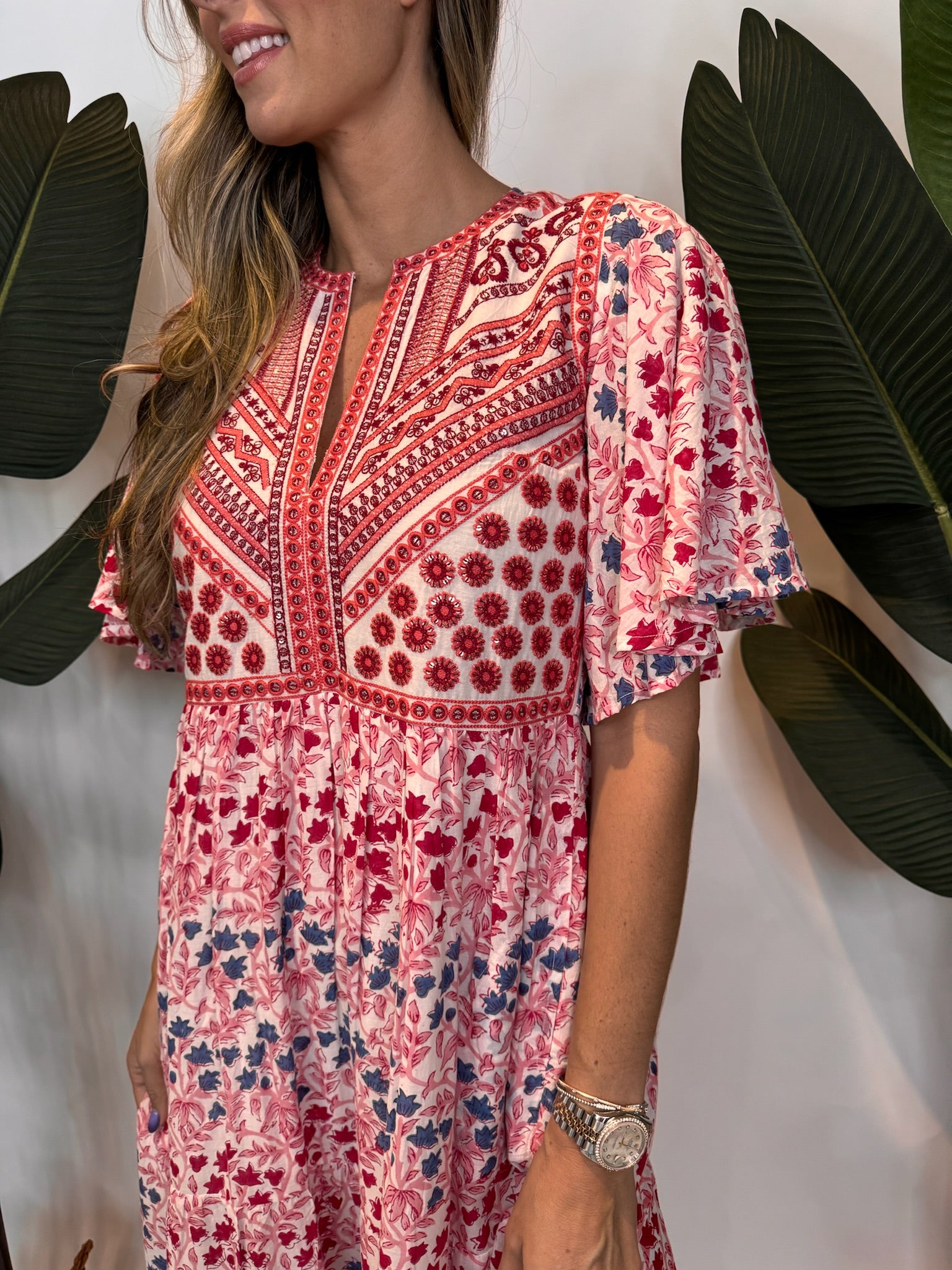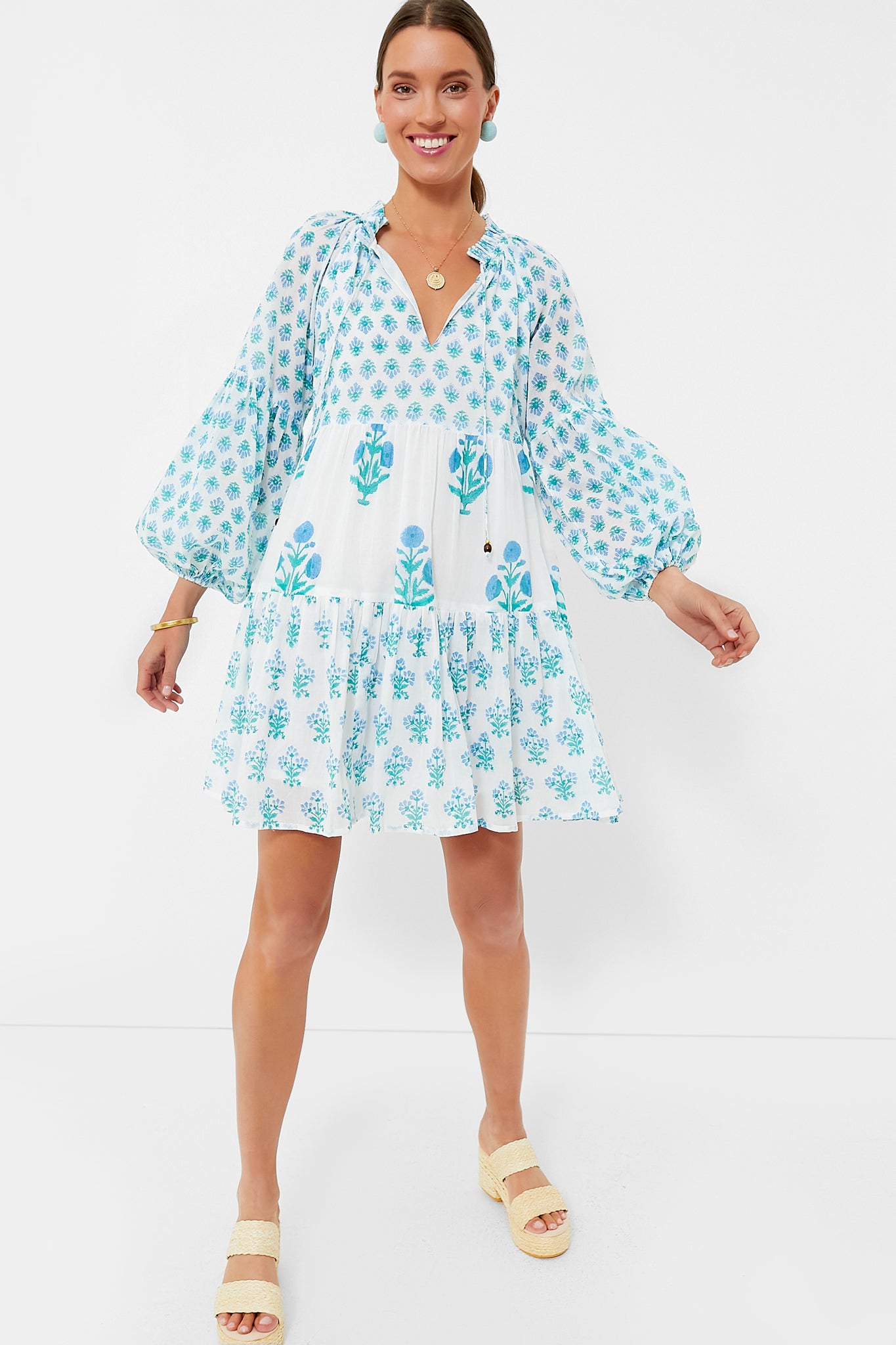How to Style the Oliphant Dress for Effortless Elegance
The pursuit of elegance is often mired in complexity, but the right garment can simplify this quest into a single, graceful gesture. The Oliphant dress is such a garment. Its design philosophy centers on creating a silhouette that is both forgiving and flattering, a concept supported by principles of aesthetic harmony. This article will guide you through the art of wearing this piece, transforming it from a simple item in your wardrobe into a cornerstone of your personal style. We will explore how its cut, fabric, and versatility interact with foundational style principles to achieve a look of refined ease.
The Architectural Foundation of the Oliphant Dress
To understand why the Oliphant dress serves as such a powerful tool for elegance, one must first appreciate its architectural underpinnings. The term “silhouette” in fashion refers to the overall shape of a garment and how it interacts with the body. Historically, iconic silhouettes like the Christian Dior “New Look” of 1947, with its accentuated waist and full skirt, revolutionized post-war fashion by offering a specific, dramatic shape. The Oliphant dress often employs an A-line or shift silhouette, a style popularized in the 1960s by designers like Hubert de Givenchy for Audrey Hepburn. This cut is scientifically appreciated for its ability to create a balanced visual line. The A-line, wider at the hem than the shoulders, draws the eye vertically, creating an illusion of height and leanness. This is not merely subjective opinion; it is rooted in the Gestalt principles of perception, where the human eye naturally seeks the simplest and most stable forms. A well-executed A-line dress presents a clean, uninterrupted shape that the brain interprets as harmonious and, consequently, elegant. The genius of the Oliphant dress often lies in its subtle modifications to these classic forms—perhaps a slightly dropped waist or strategically placed seams—that enhance comfort without compromising the clean line. This thoughtful construction means the dress does not fight against the body but collaborates with it, a principle echoed by the legendary designer Coco Chanel, who famously advocated for clothes that allow freedom of movement. When you wear a dress built on such a considered foundation, the effortlessness is inherent; the elegance is a direct result of its intelligent design.

Fabric as the Medium of Sensation and Drape
Beyond its shape, the material substance of the garment—the fabric—is the primary conductor of sensation and elegance. A dress can have a perfect pattern, but if rendered in a stiff, unforgiving material, it will fail to achieve the desired effortless quality. The choice of fabric is a scientific decision impacting drape, weight, and texture. Drape, specifically, refers to how a fabric falls over the body. Fabrics with good drape, such as double-knit jersey, crepe, or high-quality cotton blends, flow gracefully, following the body’s contours without clinging excessively. This is a concept frequently analyzed in textile science at institutions like the Fashion Institute of Technology, where the relationship between fiber content, weave, and final hand-feel is rigorously studied. For the Oliphant dress, the selection of a fabric with excellent drape is paramount. It allows the silhouette to maintain its integrity while moving with the wearer. Consider the difference between a rigid polyester and a fluid viscose; the former can look costumey and separate from the body, while the latter becomes an extension of the self. This principle is vividly illustrated in the film “Phantom Thread,” where the act of dressing is treated with the reverence of a sacred ritual, and the fabric is the central character. The right fabric also contributes to comfort, which is intrinsically linked to confidence. When you are physically comfortable, your posture improves, and your movements become more natural and poised. This non-verbal cue is a critical component of perceived elegance. Therefore, when selecting your Oliphant dress, pay close attention to the fabric tag. A composition that includes natural fibers or advanced technical blends designed for comfort and movement will invariably serve your goal of effortless style better than a cheaper, less considered alternative.

Strategic Accessorizing: The Principle of Selective Emphasis
An elegant outfit is often defined as much by what is omitted as by what is included. The concept of strategic accessorizing aligns with the minimalist mantra “less is more,” a philosophy championed by architect Ludwig Mies van der Rohe and perfectly applicable to fashion. The Oliphant dress, with its clean lines, provides an ideal canvas. The goal is not to cover it with adornments but to use accessories as punctuation marks that enhance the overall statement. This approach can be broken down into a few key strategies. First, consider the single statement piece. Instead of wearing a necklace, bracelet, and large earrings, choose one focal point. A pair of substantial hoop earrings or a singular, sculptural necklace can draw attention to the face and neckline without cluttering the visual field. This technique is supported by the psychological principle of focal points in visual design, which guides the viewer’s eye to a specific area, creating a sense of order and intention. Second, leverage the power of a quality leather belt. Cinching the waist, even on a shift-style dress, can redefine the silhouette, adding structure and a touch of personal definition. Third, your choice of footwear sets the tone. A nude pump elongates the leg line, creating a seamless flow from hem to toe, while a minimalist leather sandal or a clean white sneaker can instantly modernize the look, making it suitable for a daytime engagement. As style expert Amanda Brooks notes in her book “I Love Your Style,” true style is about understanding the rules well enough to know how to break them thoughtfully. With the Oliphant dress as your base, your accessories are not afterthoughts; they are deliberate, curated choices that amplify the dress’s inherent elegance rather than competing with it.

Contextual Mastery: Transitioning the Dress from Day to Night
Elegance is not a static quality; it is contextual intelligence. A truly versatile piece like the Oliphant dress must demonstrate grace across different settings. The ability to transition a single garment from a professional daytime environment to an evening social event is a hallmark of sophisticated dressing. This transition is achieved through tactical layering and accessory swaps. For the office, consider the dress as the core of a layered ensemble. A structured blazer in a complementary color, such as navy or beige, instantly adds authority and polish. This mirrors the power dressing principles of the 1980s, but softened for a contemporary audience—think Melanie Griffith in “Working Girl” but with a more fluid, less rigid silhouette. Footwear shifts from practical flats or low block heels to something more assertive yet comfortable. As the day progresses into evening, the transformation begins. The blazer is removed, revealing the dress in its pure form. The footwear is swapped for something more dramatic—perhaps a strappy sandal with a metallic finish. The jewelry is changed; daytime studs are replaced with those statement earrings or a layered necklace. A classic trench coat or a tailored wool coat can serve as an elegant outer layer. This methodology is not just about changing clothes; it’s about adapting your personal presentation to fit the social codes of the time and place. It demonstrates a conscious control over your image, which is a key element of effortless elegance. You are not wearing a costume for each event; you are masterfully modulating the expression of a core, trusted piece. This approach is not only stylish but also economically savvy, allowing you to build a smaller, more intentional wardrobe centered on high-quality, multi-functional items like the Oliphant dress.
A Note on Investment and Value
In the pursuit of a timeless wardrobe, the initial cost of a garment must be evaluated against its cost-per-wear. A fast-fashion dress purchased for a fraction of the price may seem like a bargain, but if it fades, loses its shape, or feels unsuitable after a few wears, its true cost is high. Investing in a well-made piece like an Oliphant dress is an investment in longevity, both in terms of construction and style. The fabrics are more durable, the stitching is superior, and the design is likely to remain relevant beyond a single season. Furthermore, many retailers offer seasonal sales or promotional discounts. Signing up for newsletters or following your favorite brands on social media can alert you to these opportunities, allowing you to acquire a cornerstone piece like this at a more accessible price point, often 20-30% below the original retail. This strategic approach to shopping aligns your financial resources with your aesthetic goals, ensuring that elegance is both achievable and sustainable.

The path to effortless elegance is paved with intentional choices. It is found in the architectural cut of a garment that flatters universally, in the sensual quality of a fabric that moves with you, and in the disciplined art of accessorizing that emphasizes rather than overwhelms. The Oliphant dress, when understood and styled with these principles in mind, ceases to be just a dress and becomes a reliable instrument for presenting your most confident, composed self to the world. Its versatility across occasions makes it a prudent investment, a single solution to myriad sartorial challenges. Embrace its simplicity, and you unlock a profound form of sartorial power: the power of understated, undeniable grace.






